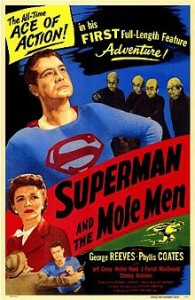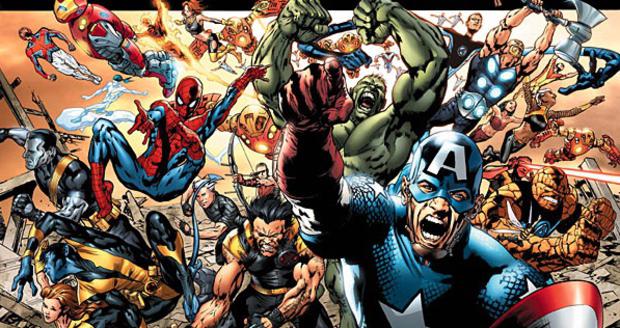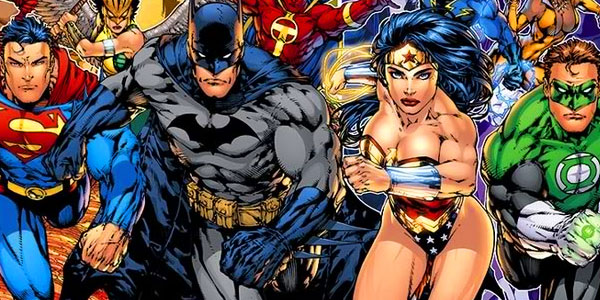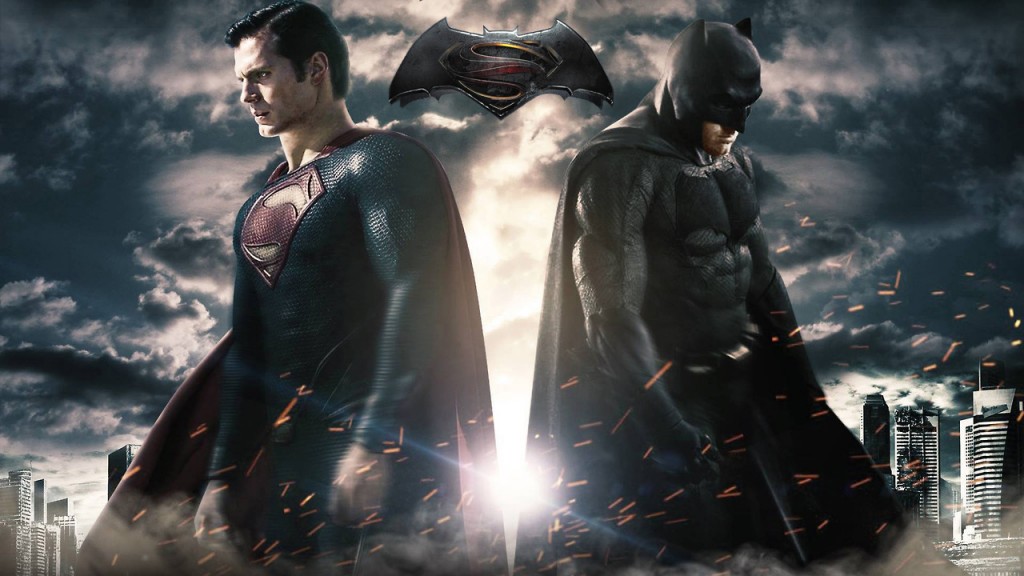In the infinite world of comics that go beyond our imaginations, showcase creativity beyond realism and portray characters that exist purely in our dreams, two most successful and popular comic publishers DC and Marvel fiercely battle it out to bring their creations onto the big screen.
 While the on-going battle between the two is all set to take another level in the coming decade, we jog back to the days of inception. Back in the 1950 Marvel & DC comics ushered in the idea of bringing the comic strips alive through live motion pictures. Both forayed into motion pictures with Marvel’s Captain America (1944) and DC’s Superman and the Mole Men in 1951 along with Batman: The movie in 1966. The positive reception to the idea of comic hero movies motivated powerful film studios including Warner Bros., 20th Century Fox and Universal Studios to license out these comics and roll out big budgeted tent-poles in their respective genre and comic story-lines.
While the on-going battle between the two is all set to take another level in the coming decade, we jog back to the days of inception. Back in the 1950 Marvel & DC comics ushered in the idea of bringing the comic strips alive through live motion pictures. Both forayed into motion pictures with Marvel’s Captain America (1944) and DC’s Superman and the Mole Men in 1951 along with Batman: The movie in 1966. The positive reception to the idea of comic hero movies motivated powerful film studios including Warner Bros., 20th Century Fox and Universal Studios to license out these comics and roll out big budgeted tent-poles in their respective genre and comic story-lines.
DC under Warner Bros.’ care took the first step forward with Christopher Reeve’s Superman franchise in 1978. While the original raked in a whopping $300 million for the studio, Warner Bros. continued to exploit the franchise with four instalments till 1987 when suddenly, Superman no longer seemed Superb. Quick enough to cash in on DC’s most cherished vigilante Batman, Tim Burton’s classic and dark Batman released in 1989 with Michael Keaton donning the cape. What seemed then was that DC merely had the idea of relying on its popular characters and with time it ran out of its course. Evident to this was the gradual decline in the audience acceptance to the similar comic genre and story-telling DC offered until it all went down-hill with Joel Schumacher’s Batman & Robin (1997) crashing at the box office in spite of its strong cast including the likes of Arnold Schwarzenegger, George Clooney, Uma Thurman and Alicia Silverstone.
While DC was gradually losing out a winning battle in 1990s, Marvel Studios lingered on with various film studios unveiling characters like The Punisher (1989) and Blade (1998), but with little success. However they got their act right when Marvel Studios was incorporated in 1996. Following a few litigations and selling off some of its prominent properties to other studios including the web-swinger Spiderman to Sony Entertainment in 1999 for $7 million. Marvel Studios gave audiences their new poster boy with Iron Man in 2008 starring Robert Downey Jr. as the genius, playboy, billionaire & philanthropist. From then on, Marvel held on to a very different idea, something that DC should have ventured earlier.

Marvel Studios strived to create a platform, an altogether Marvel Universe with characters of Iron Man, the Hulk, Thor and Captain America. Each of these tent-poles with successful sequels has notched up comics’ reception and appeal today in Hollywood to a whole new level with a worldwide gross of over $ 7 billion. The success of these independent superhero flicks brought The Avengers initiative in 2012 which went on to become the highest grossing motion picture till date with nearly 1.6 billion in its kitty. The same year Christopher Nolan’s successful Dark Knight Trilogy ended with an approximate collection of over $3 billion. However that was the hard-stop for the caped crusader with Nolan refuting any claims of his further involvement with the DC storyline. The idea that Marvel resonated was quoted clearly by Marvel Studios producer Kevin Feige back during the 2013 Comic Con. On being interviewed about Marvel’s Phase II, with risky ventures like Guardians of the Galaxy, Feige stated, “Everything we’ve done has been a plan, has been premeditated. We’re not thinking three years ahead, even five years ahead and 10 years ahead. How do we keep it fresh? And Guardians is our big answer to that.” The risk surly paid off with Guardians of the Galaxy (2014) smashing the global box office with over $770 million.
Today, the battle between Marvel and DC is all set to give fans a crazy time with Marvel in its Phase III announcing a healthy line up of its productions onto the big screen with subsequent third and fourth instalment of Avengers Infinity War 1&2 in the pipeline along with the debut of new characters including the likes of Ant-Man (2015), Black Panther (2018), Doctor Strange (2016) and the re acquired Spiderman reboot. Not to forget the unexpected success of Guardians of the Galaxy at the box-office paving way for its sequel, which fans would be praying have a cross-over with the Avengers.

While all these years Warner Bros. with DC may have lagged behind with the idea, it too has now announced the intent of experimenting with newer characters from the DC universe. With Zack Syner’s Man of Steel re-kindling DC’s subdued form to unite its characters on the big screen, the studio has scheduled the Justice League Part One for a 2017 release. As the battle is all set to get stiff, fans are all excited with DC set to expand its cinematic universe by calling in The Flash and Aquaman in 2018 starring Ezra Miller (The Perks of being a Wallflower) and Jason Momoa (Game of Thrones) respectively; while Marvel is introducing Captain Marvel in the same year with a female lead.
Speaking about competition, DC is trying to play safe as it has also postponed Zack Snyder’s Batman v Superman: Dawn of Justice to 25 March 2016 away from Captain America 3 release date. Warner Bros. and DC have also gone a step further with its off-beat project Suicide Squad – a bunch of DC super villains onto one big screen which is slated for a 2016 release.

Although Marvel has gained a good 7 year head-start and successfully merchandised its characters on cinema, DC too nests diverse set of characters in its universe potentially waiting to be exploited. In a recent interview, Warner Bros. chairman and CEO Kevin Tsujihara differentiated between the Marvel and DC brands by saying “The worlds of DC are very different. They’re steeped in realism, and they’re a little bit edgier than Marvel’s movies.” Well for now it’s all left for the audiences to witness and judge.
DC has had some appalling experiences in the past while bringing other characters to life at the box office with Green Lantern (2011) and Cat Woman (2004) betraying the audiences’ expectations from the characters. However Synder’s out of world visual effects (remember 300, Man of Steel) DC could just pop another bomb at Marvel in the years to come with him helming the upcoming Batman v Superman – Dawn of Justice (2016) and reportedly the Justice League series as well.
Audiences are about to witness an onslaught of superhero flicks bombarding Hollywood in the next six years; so whether it’s DC or Marvel that takes the lead in the race, movie lovers are certain to get their money’s worth. With projects under production at such a break-neck speed from both the studios the healthy competition is far from over.

